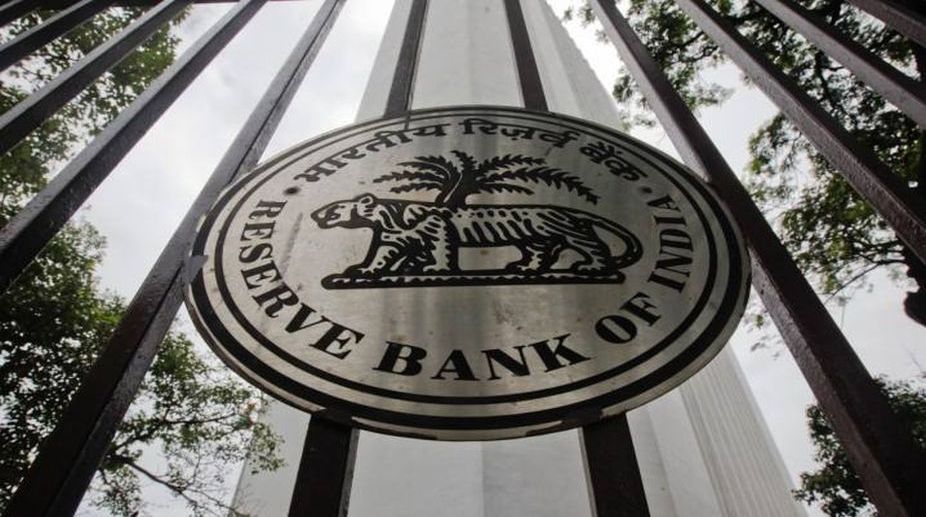Coalition governments in India have produced better economic growth rates in the last three decades than a strong majority government, former RBI governor Yaga Venugopal Reddy has said.
“Interestingly, the highest growth in India from 1990 to 2014 was really during coalition governments…So, in a way it’s consensus based…in Indian situation, a coalition probably produces better economic results than a strong government,” Reddy told a Washington audience yesterday.
Advertisement
Referring to the 1991 balance of payments crisis, Reddy said, “The remarkable thing was that despite an unstable political situation, they managed a political consensus for whatever need to be taken to manage it successfully.”
Speaking at the Hudson Institute, a top American think-tank, Reddy, who was the RBI governor from 2003 to 2008, said the world economic crisis of 2008 is still not over.
“In short term definitely things are better, but in medium term there is a question mark,” he said.
“I think significant changes I see in the next 10 years in the geo-political situation. Now, in the process of globalisation of capital what has happened is many governments feel that their capacity in policy space to meet the expectations of the people is constrained by globalisation,” he said.
“Now, we are searching for a new balance between global and national, state and market, new balance between finance and non-finance. That is the search that is going on,” he said, adding that in the next 10-15 years there would be a transformative demographic and technological shift over a fear of environmental issues.
“So, these three will be the biggest challenge for global economy,” Reddy said.
In response to a question, Reddy said everybody agrees that the Bankruptcy Code is a good development.
“There is a large non-performing assets. Something has to be done,” he said.
“We must make a distinction between banking crisis and public-sector banking crisis. In this case the problem is public sector which accounts 55 per cent of them,” he said.
The Insolvency and Bankruptcy Code was enacted last year, paving the way for India to have a bankruptcy law that will ensure time-bound settlement of insolvencies, and enable faster turnaround of businesses, besides creating a database of serial defaulters.











